Beyond the Gates: A Cemetery Explorer’s Guide to the Old Burying Ground of Groton, MA
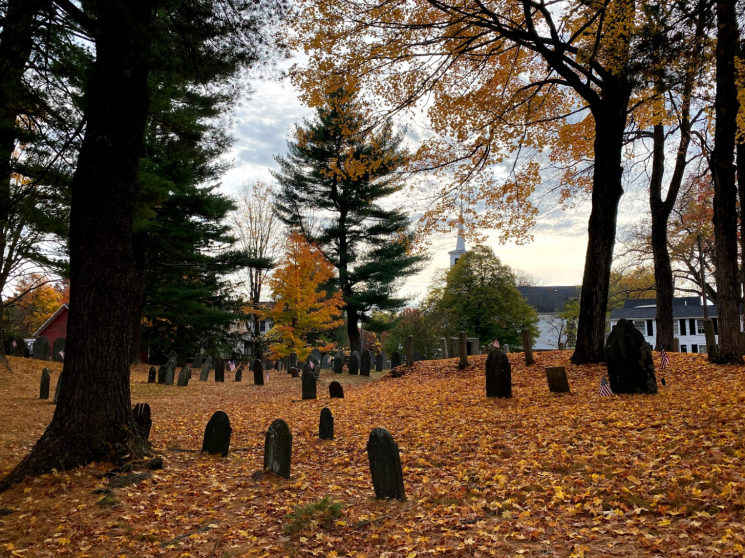
Beyond the Gates: A Cemetery Explorer’s Guide is a blog hosted by The Friends of Mount Auburn Cemetery written and researched by Corinne Elicone and Zoë G. Burnett. Our intention for this blog is to rediscover the out of the way and obscure graveyards that surround us, as well as to uncover new histories among the more well-trod grounds of prominent burial places. With this blog as a guide, visitors can experience cemeteries in a new way. As important landmarks of cultural heritage, our hope is that interest in these quiet places will help to preserve and educate us about our past and, ultimately, everyone’s shared future.
OLD BURYING GROUND | GROTON, MA (1678)
Just off the main road going through Groton’s historic town center is the Old Burying Ground, where its citizens were buried since 1678, a period from which wooden markers sadly do not survive. In 1694, twenty colonists that perished during an Abeknaki raid on Groton were also interred somewhere in the four acres of hilly, bumpy land that now hosts about three thousand mortal remains.
The earliest death date is 1704, belonging to blacksmith James Prescott (b. 1684) on a stone so repaired and small that it’s quite easy to miss. Please note that a permit is required for grave rubbings, and the uneven ground is perilous to those prone to twisted ankles.

The graveyard is, in truth, a veritable candy shop for strange kids who love gravestones. Every socioeconomic class is present in abundance, with so many different types of decoration clustered together, it can at first be difficult to know where to look. Many early examples of the Worcester family style survive, including large format stones nearly two feet tall. Indeed, many examples of tall stones endure, including a four foot tall double headstone of John and Hannah Holdin, both of whom died in 1753. This example is festooned with winged hourglasses, skulls and crossbones, and many figural hearts.
More delicate designs survive alongside their hard, menacing forebears. The stone of Joshua Richardson (1772 – 1773) shows the skillful rendering of a charming bird and willow tree, and the swag of John Sheple (1757 – 1809) bears the interestingly abbreviated inscription, “MemeoMori.”
Masonic iconography appears, as do wistful cherubim with painstakingly fine feathers that are often flanked by deep-socketed skulls and crossbones.
The gigantic stone of Colonel John Bulkley (1703 – 1772) accommodates his long epitaph, which is in good company amongst other Harvard alumni and prominent citizens. His remains rest atop one of the graveyard’s highest points, as though placing himself above the bones of others would make him any less dead.
ABOUT THE AUTHOR

Z.G. Burnett is a writer and editor with a background in early American history and material culture. She has been published by The Attic on Eighth, Ivy-Style, and The Vintage Woman Magazine. Combining her passion for the paranormal and everything pink, Z.G. is currently working on her first personal style guide.
If you are a representative of a cemetery or a cemetery historian and would like to see your cemetery featured in this blog please email Corinne Elicone at celicone@mountauburn.org
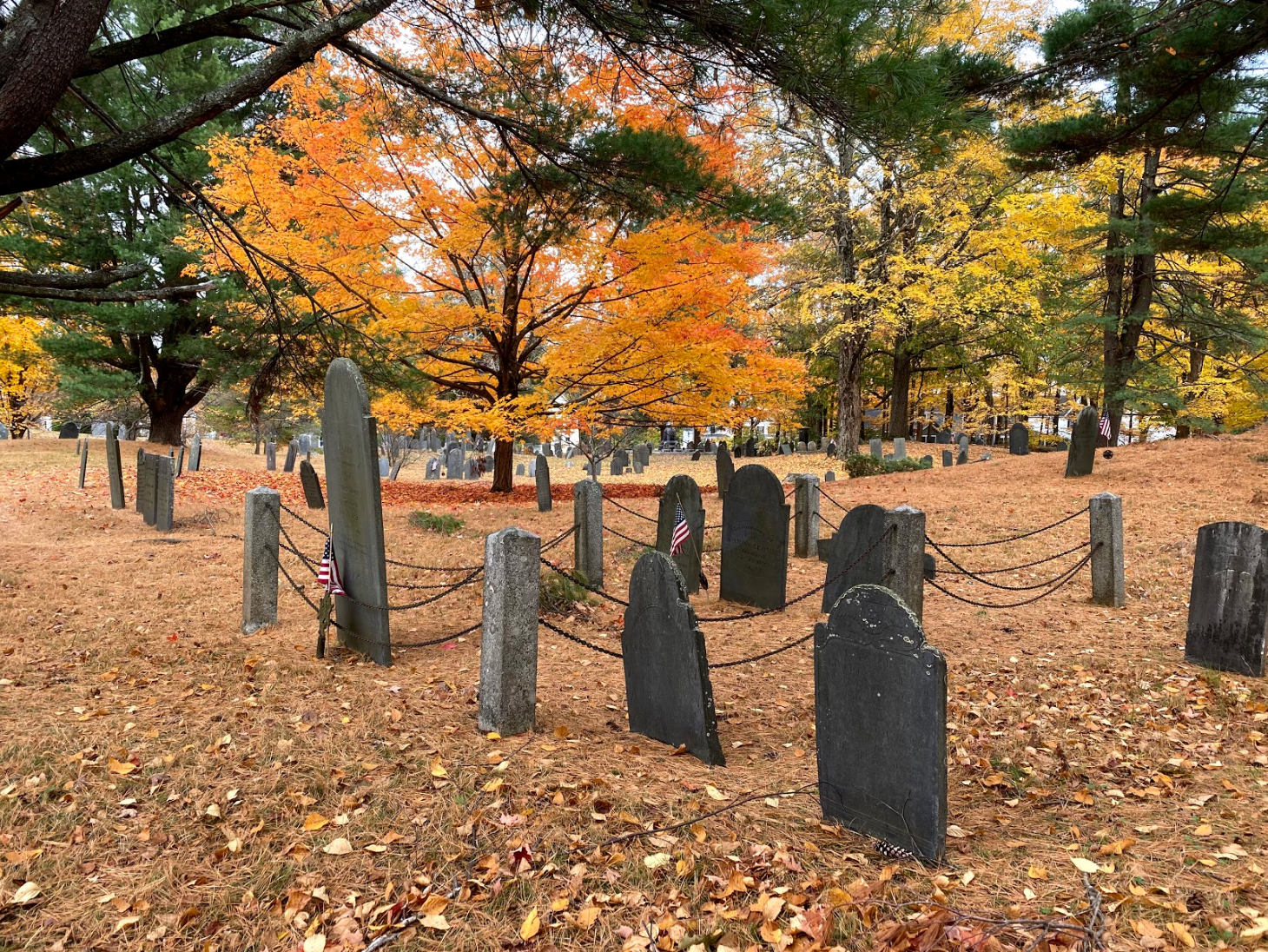

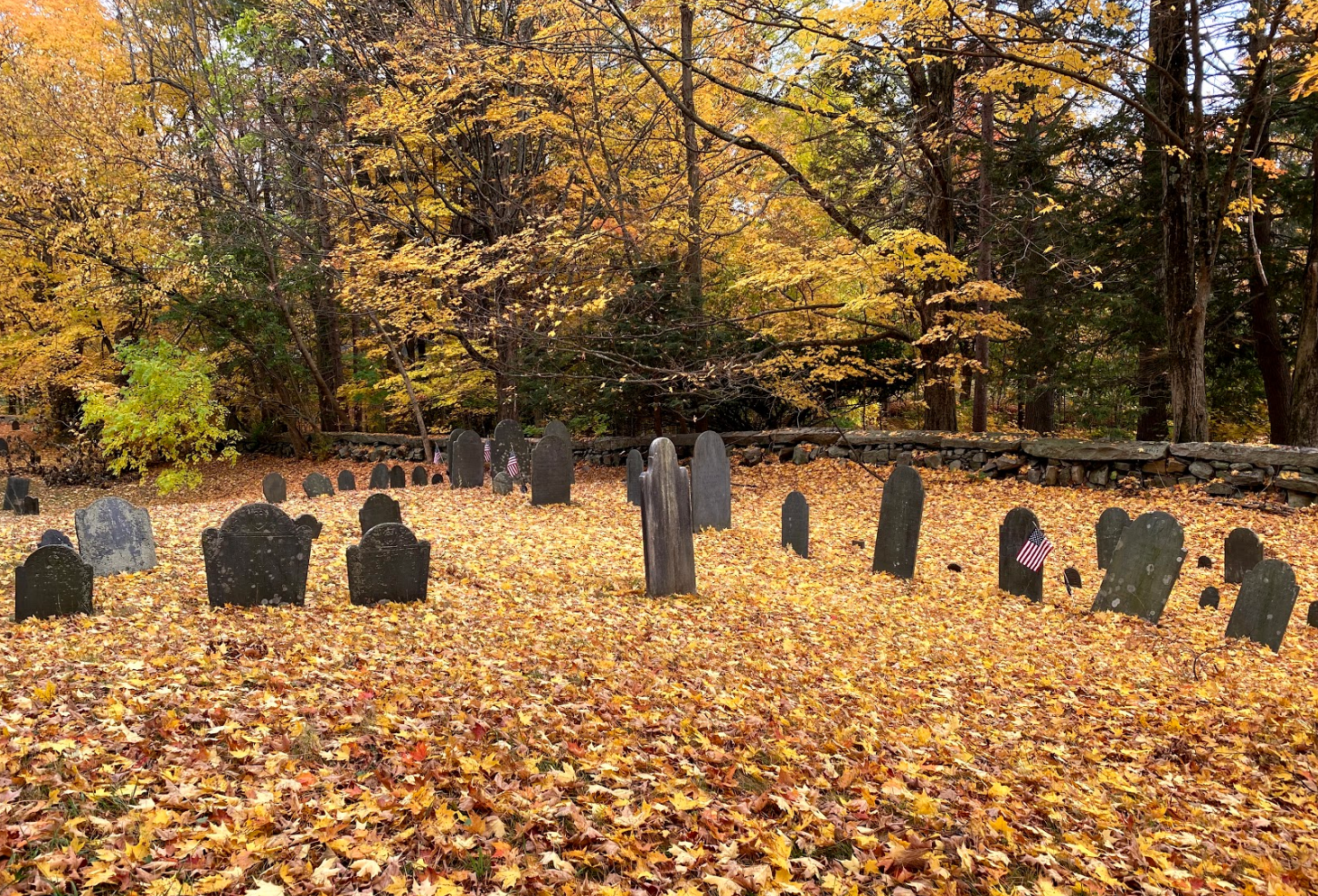
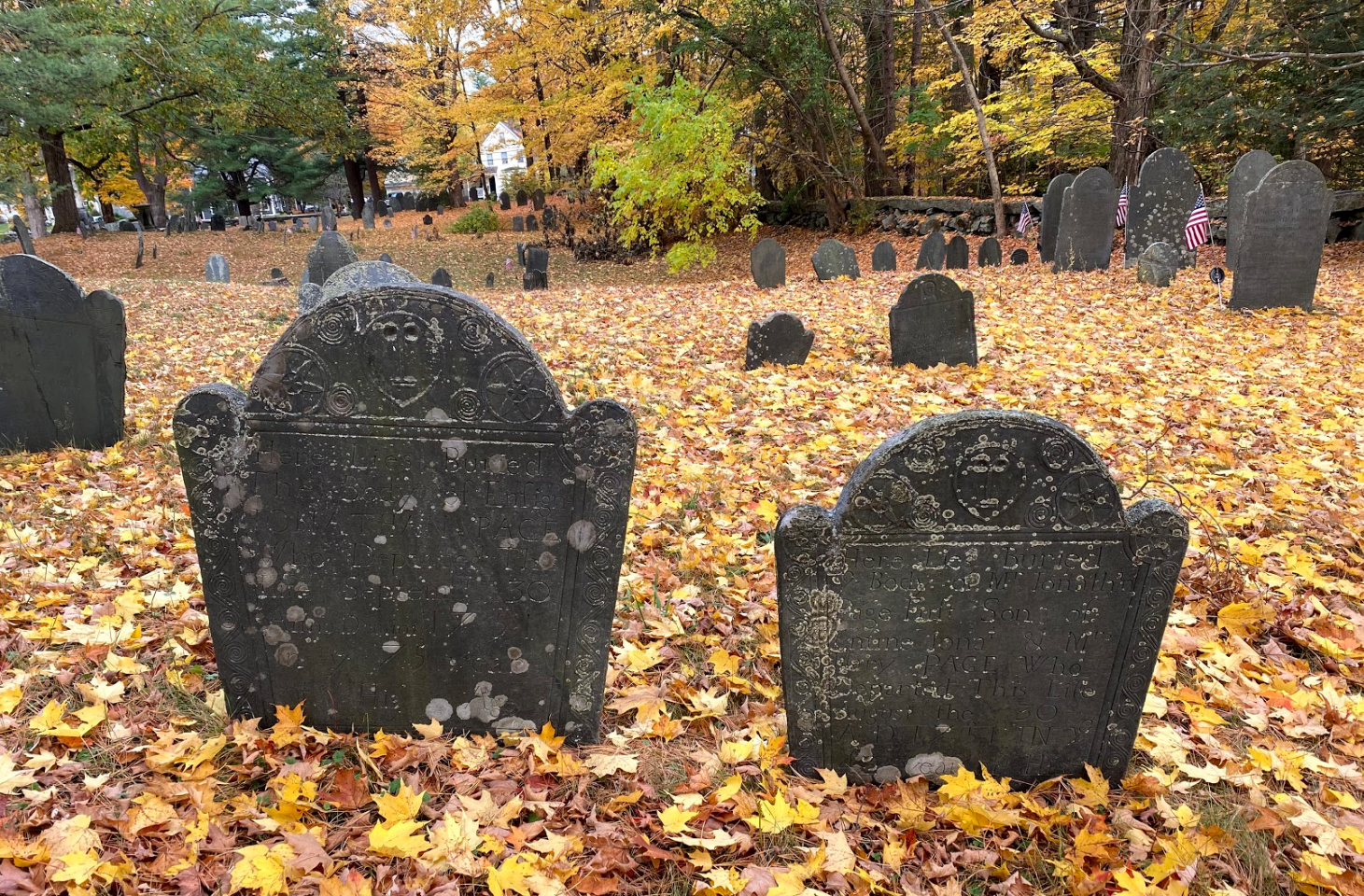
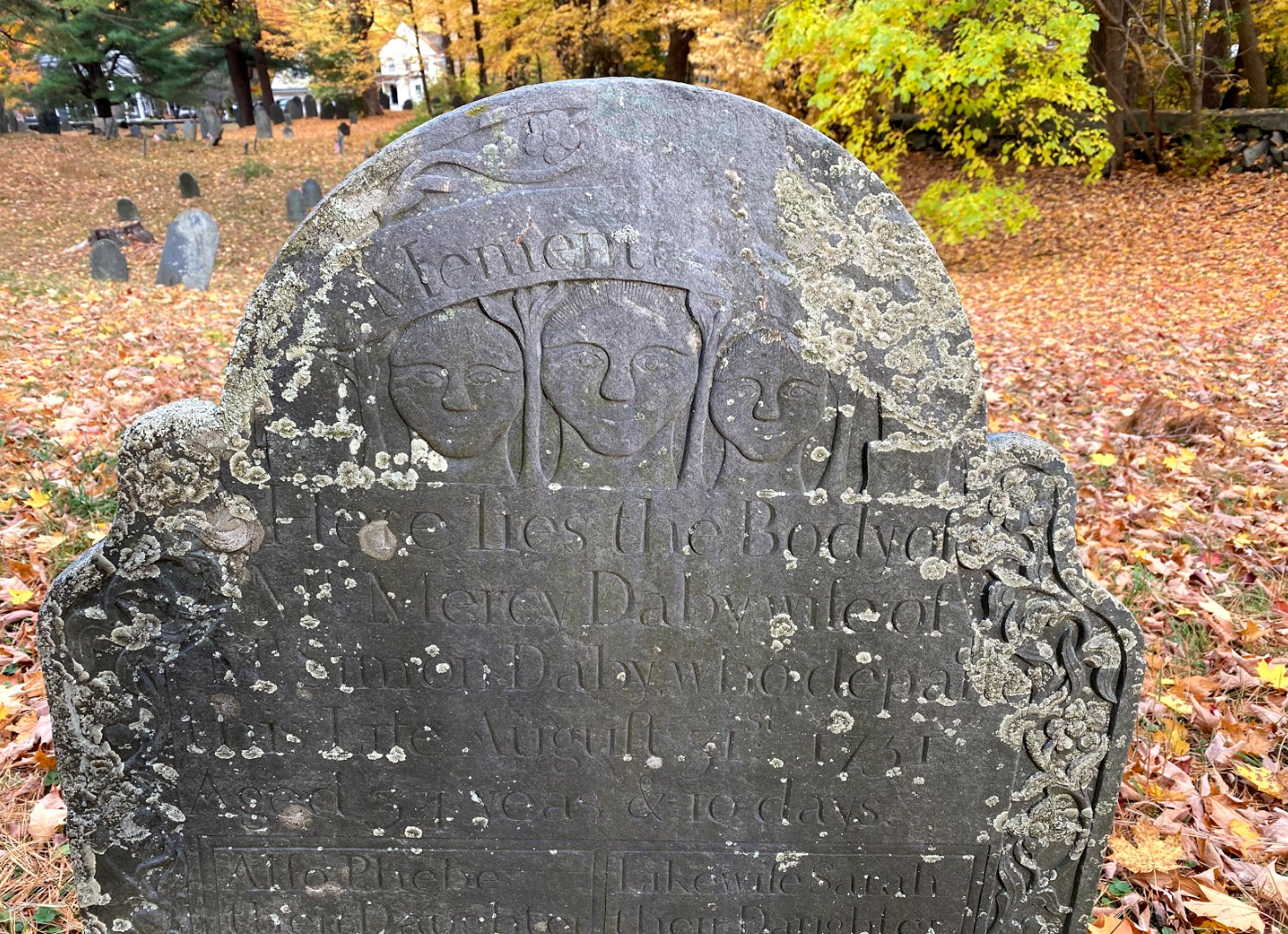
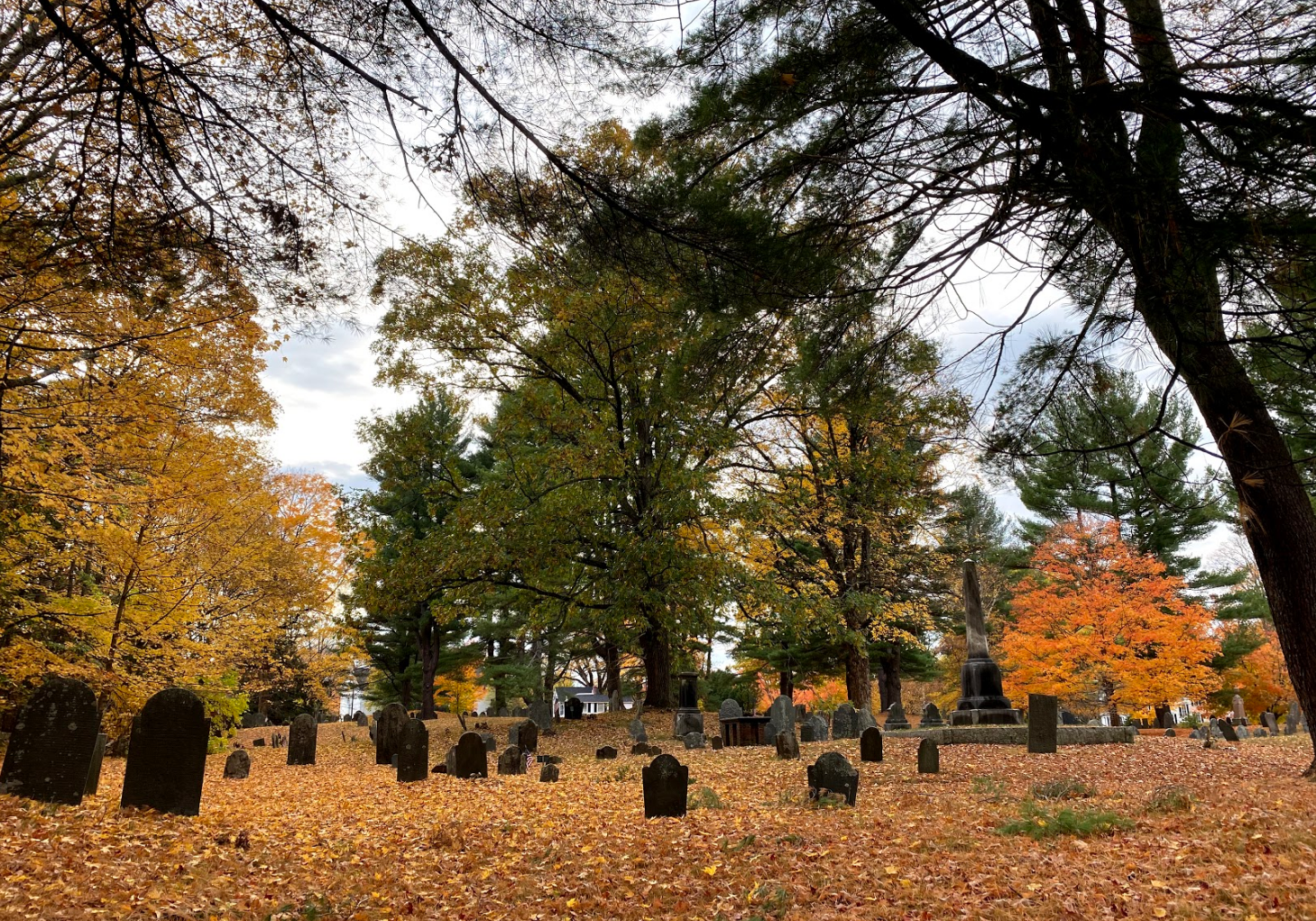
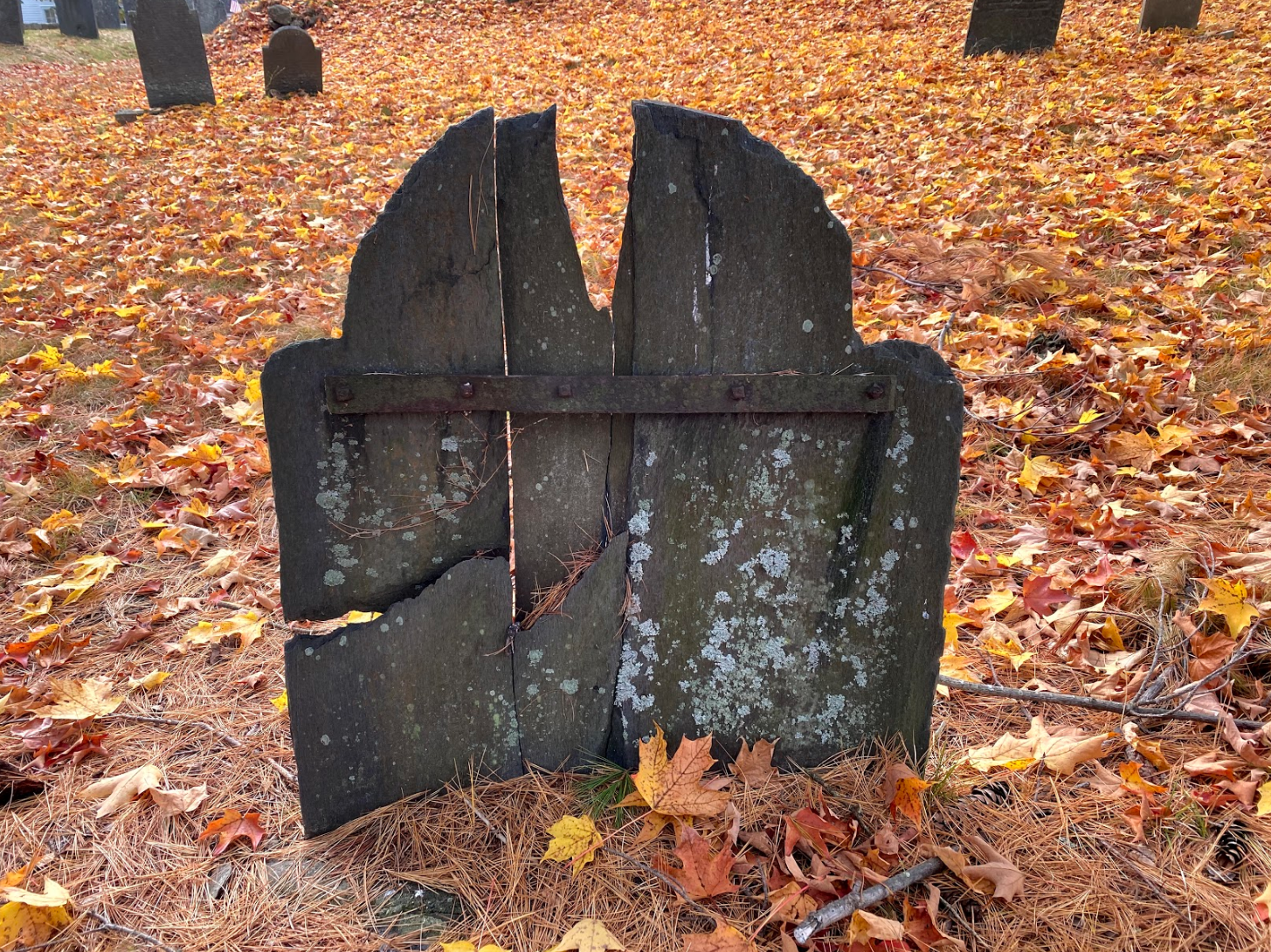
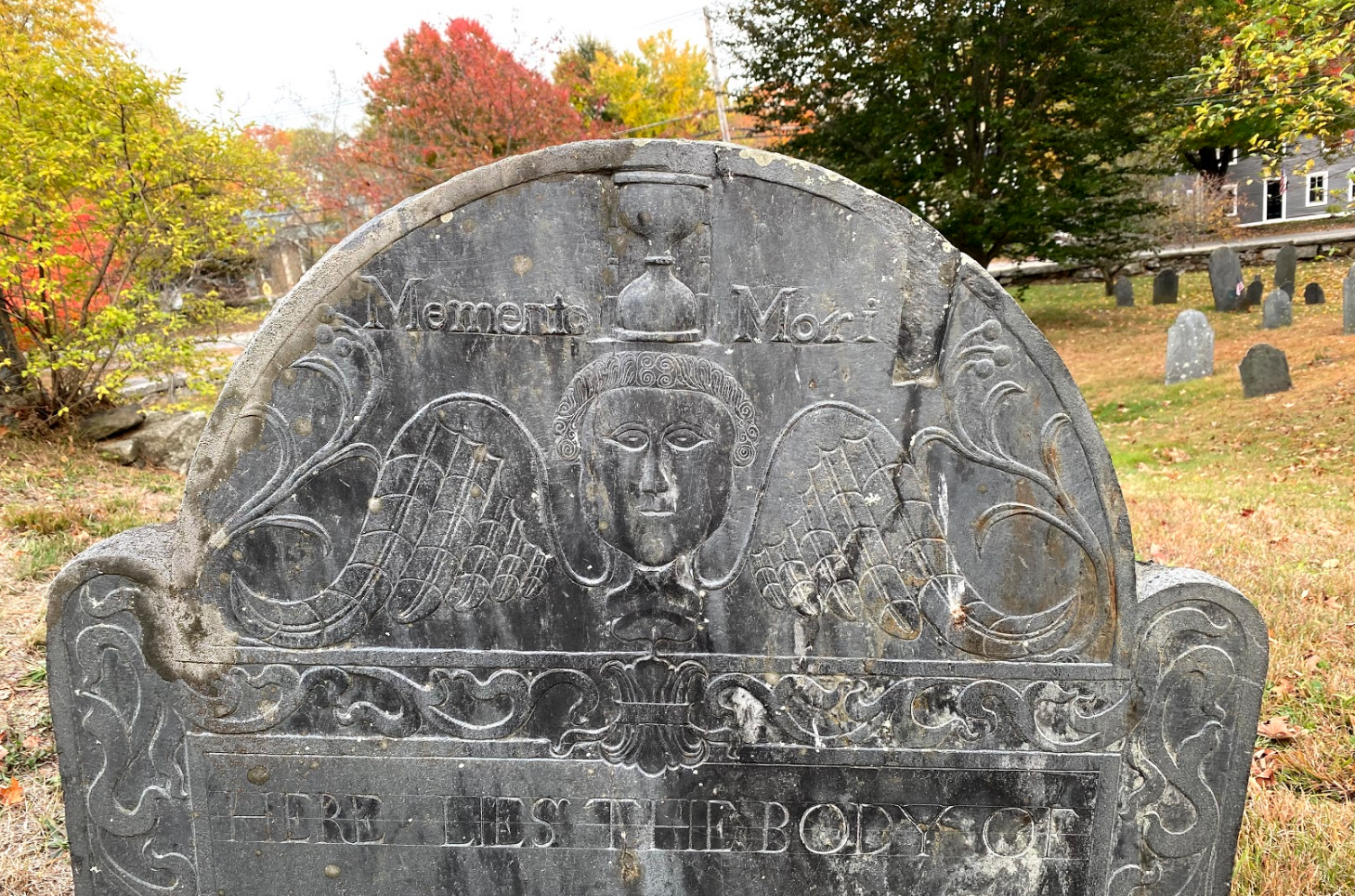
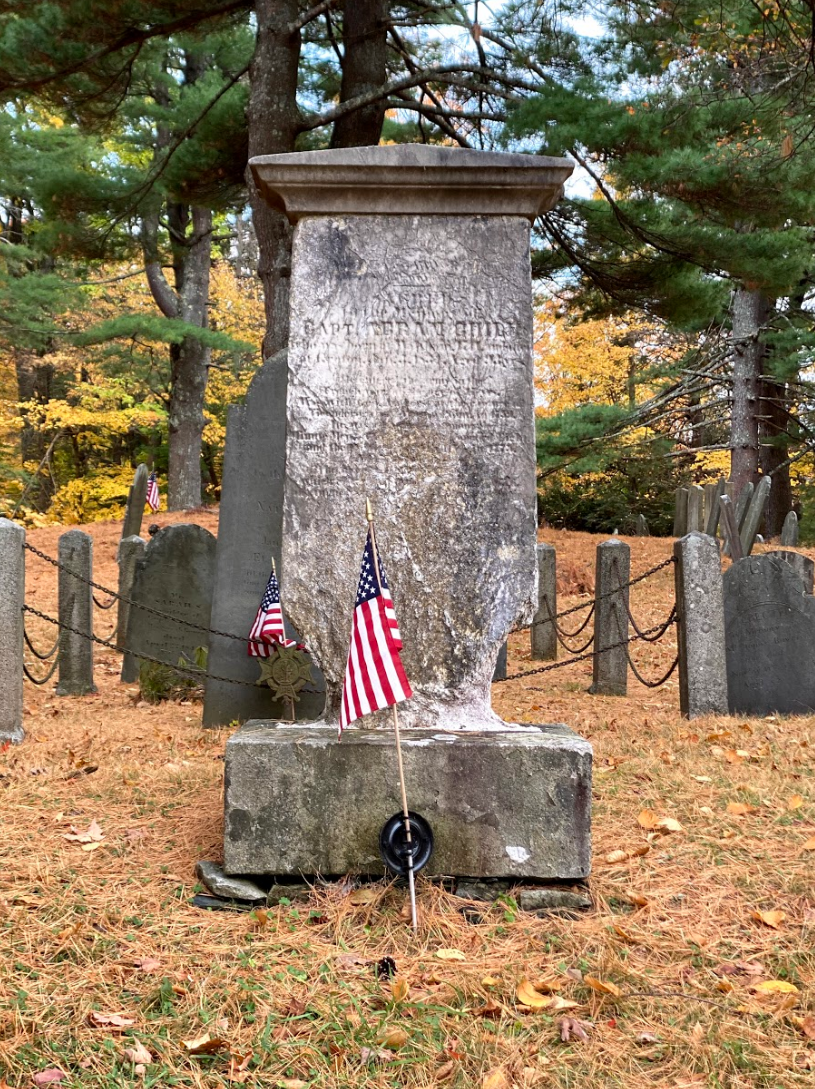
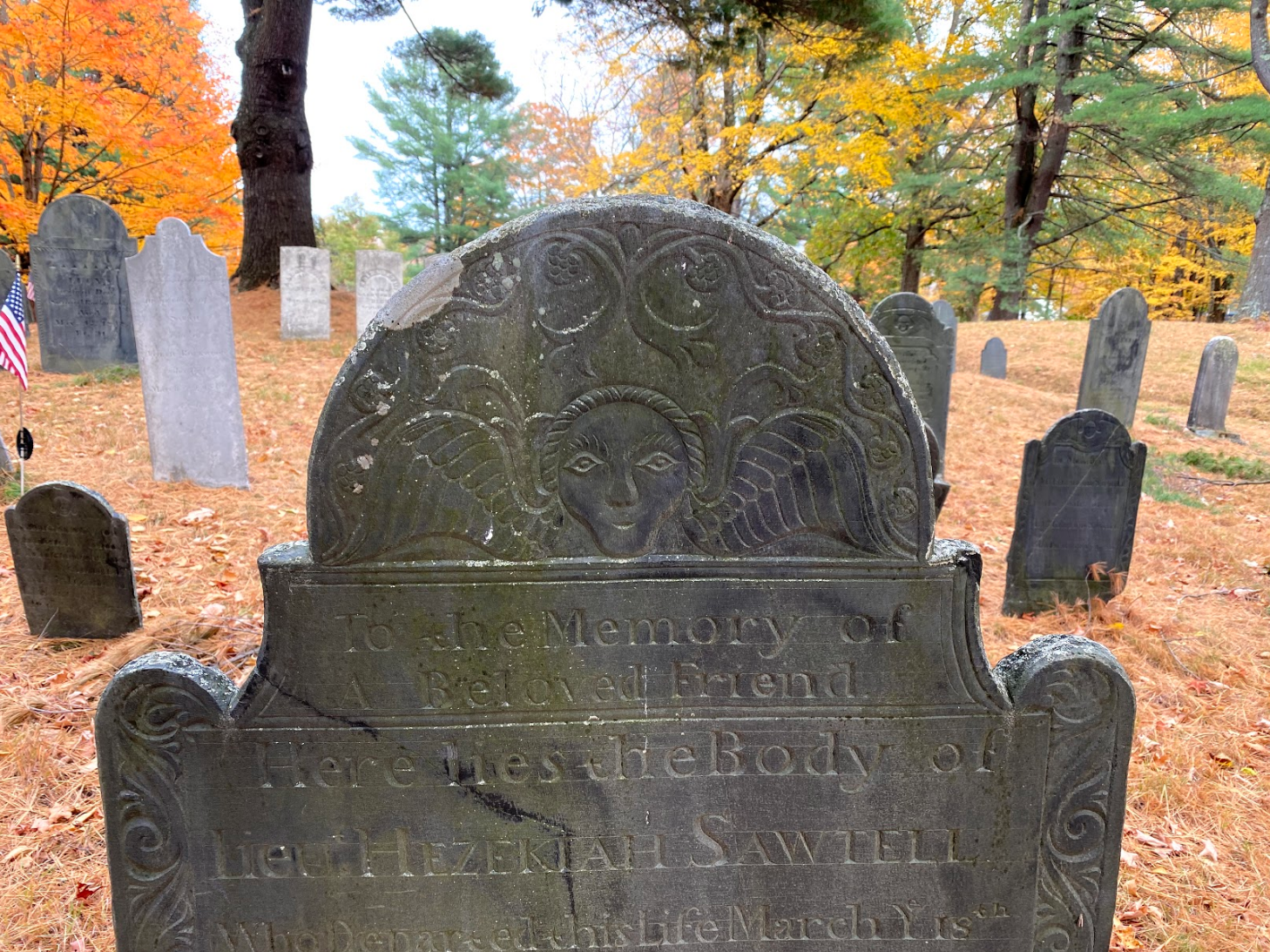
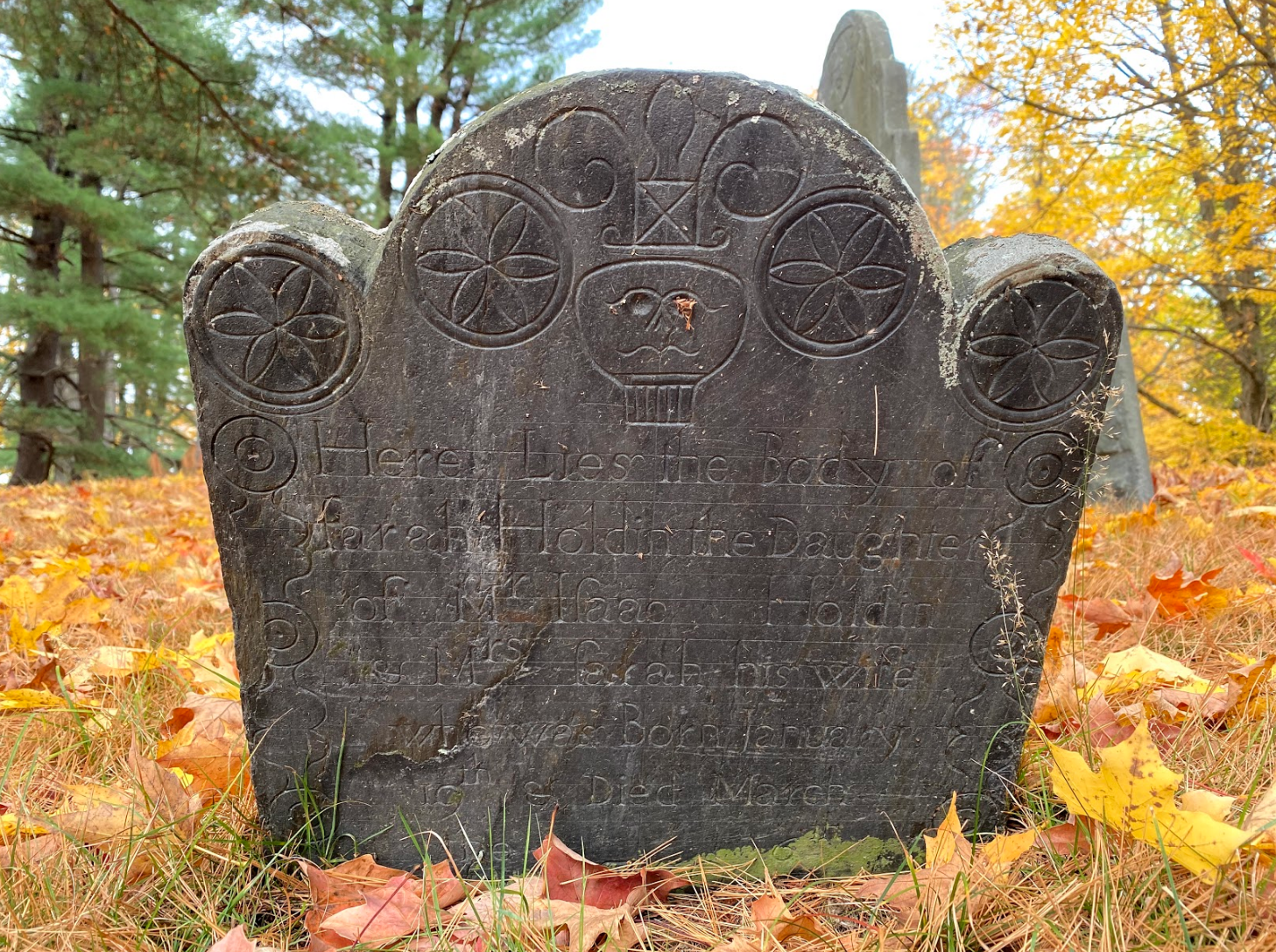
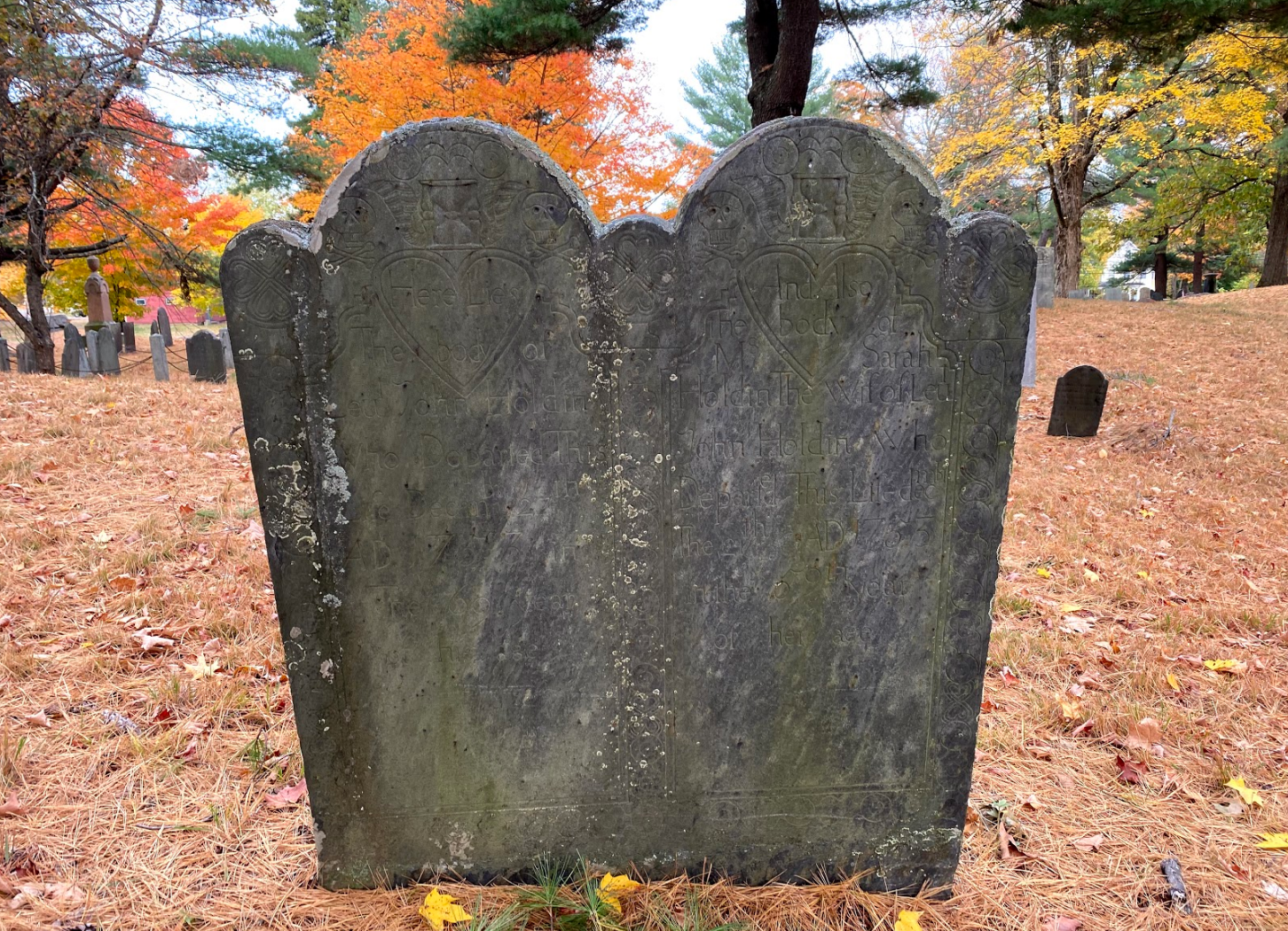
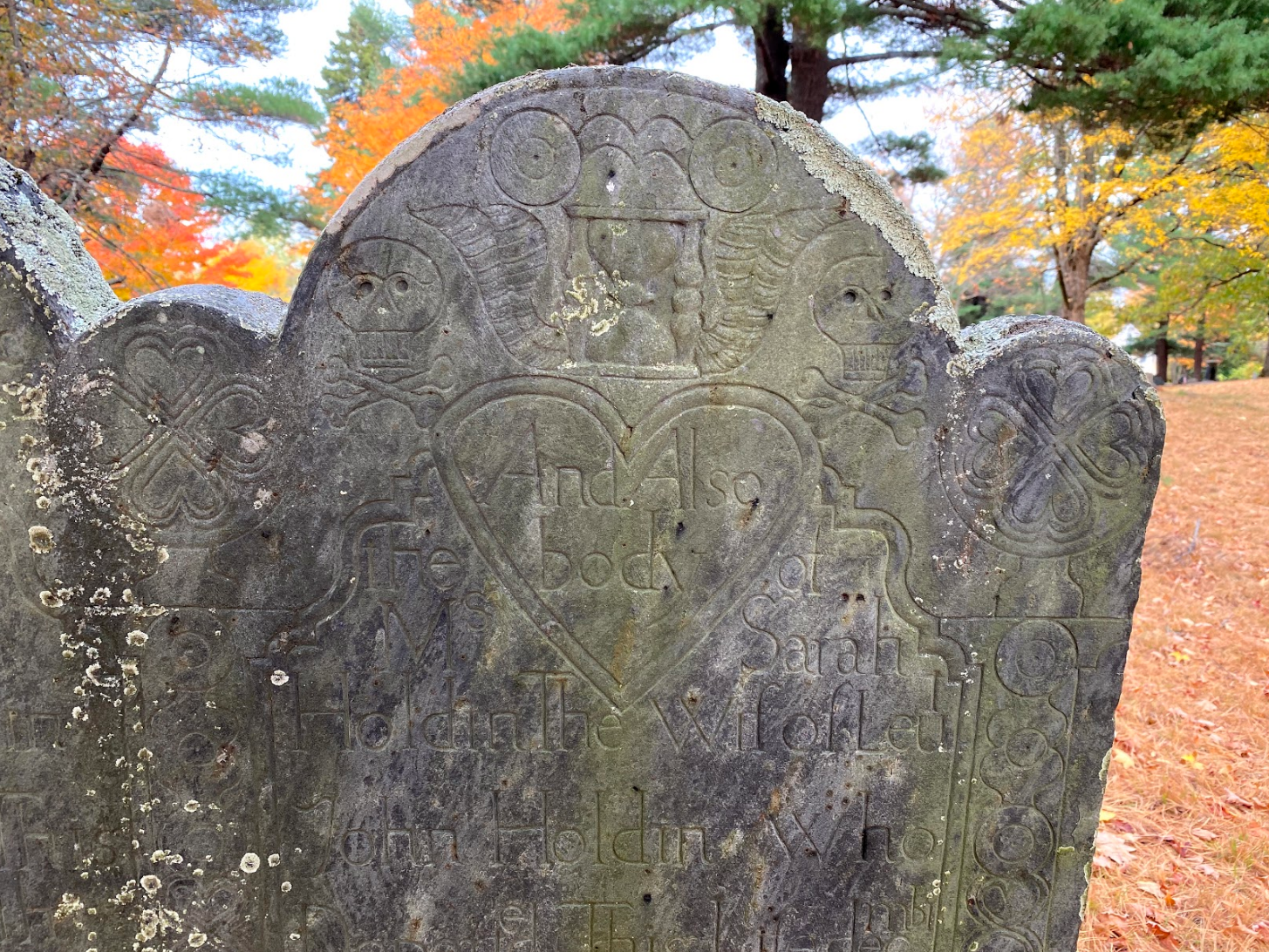

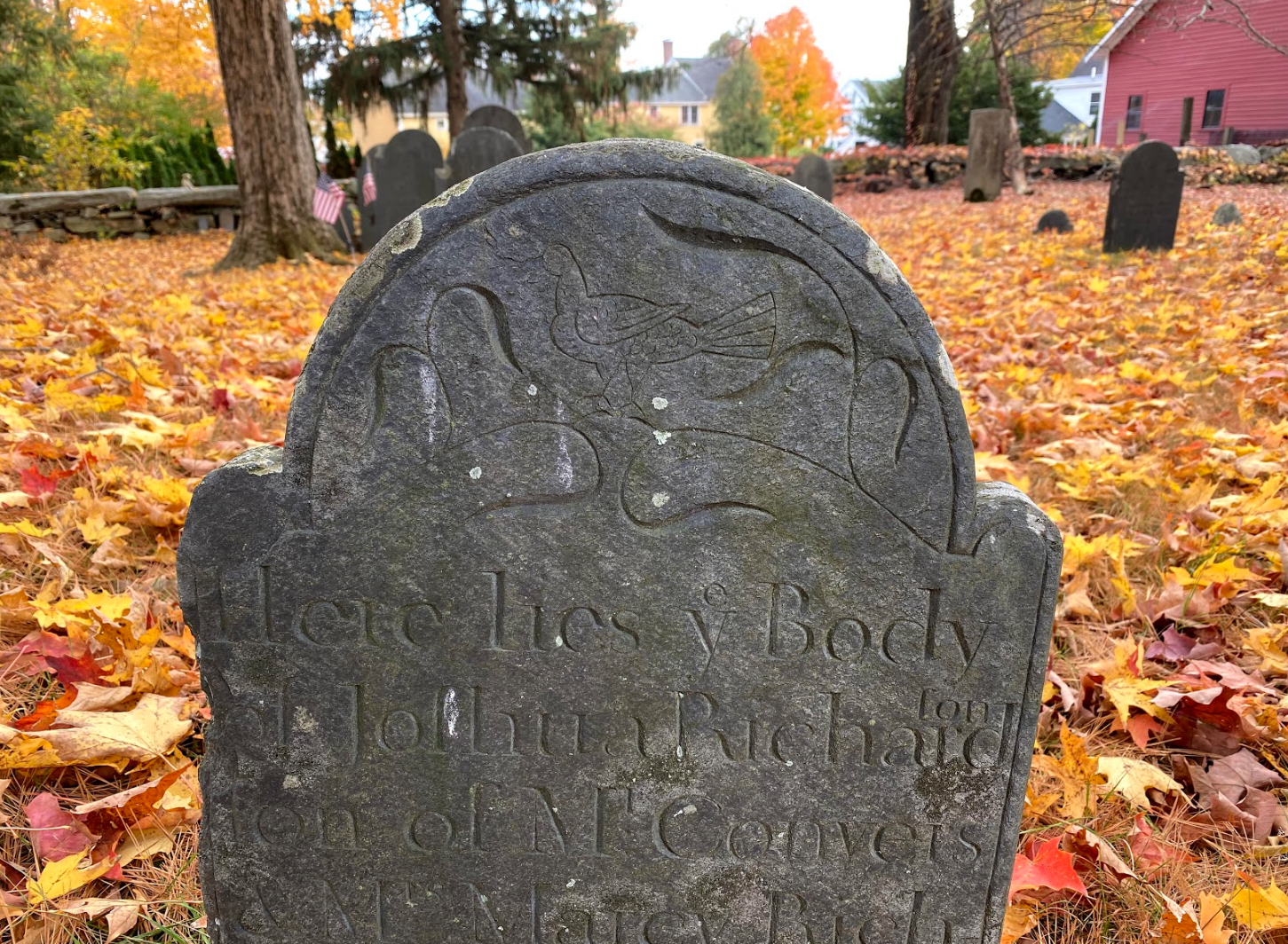
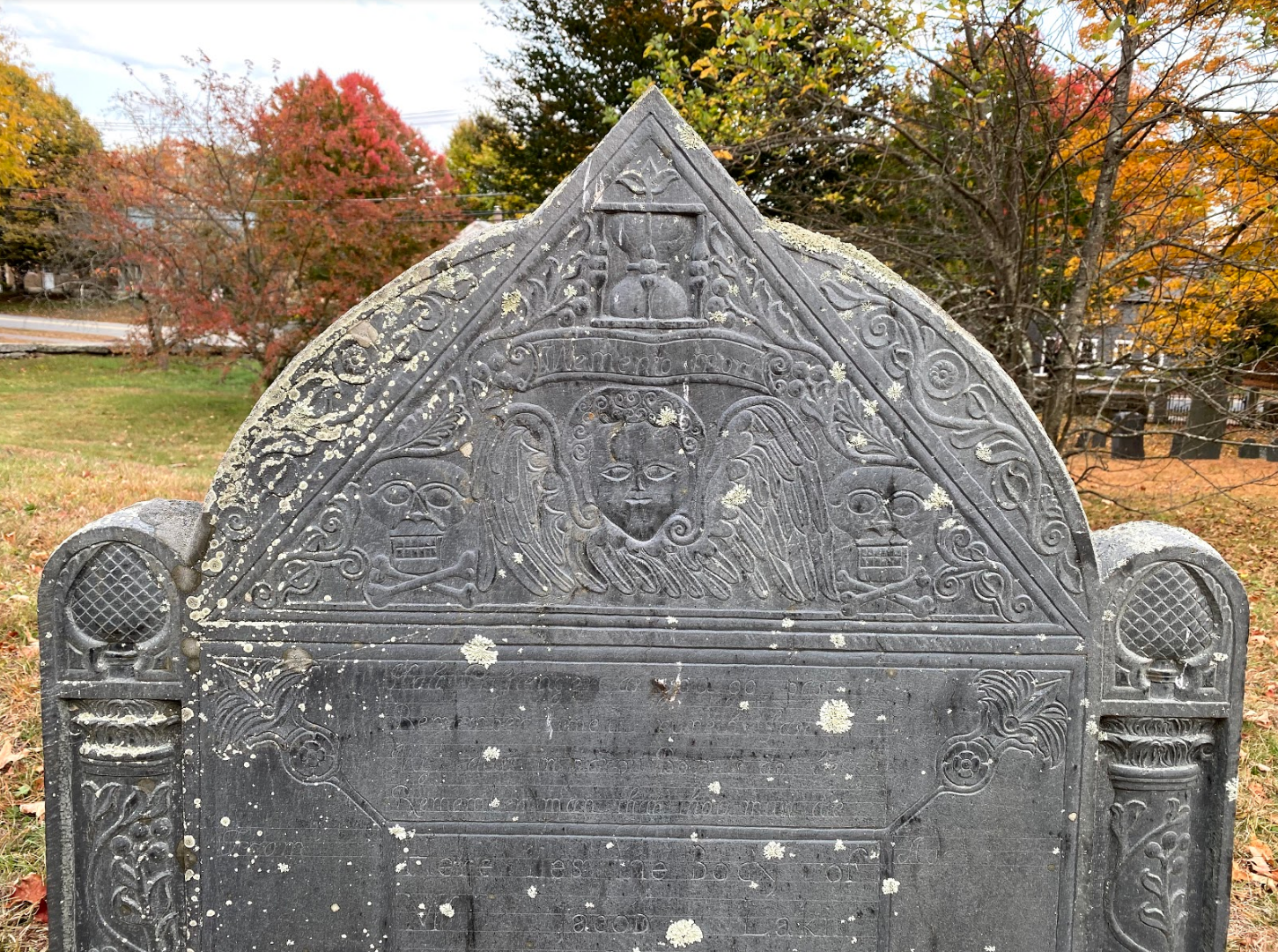
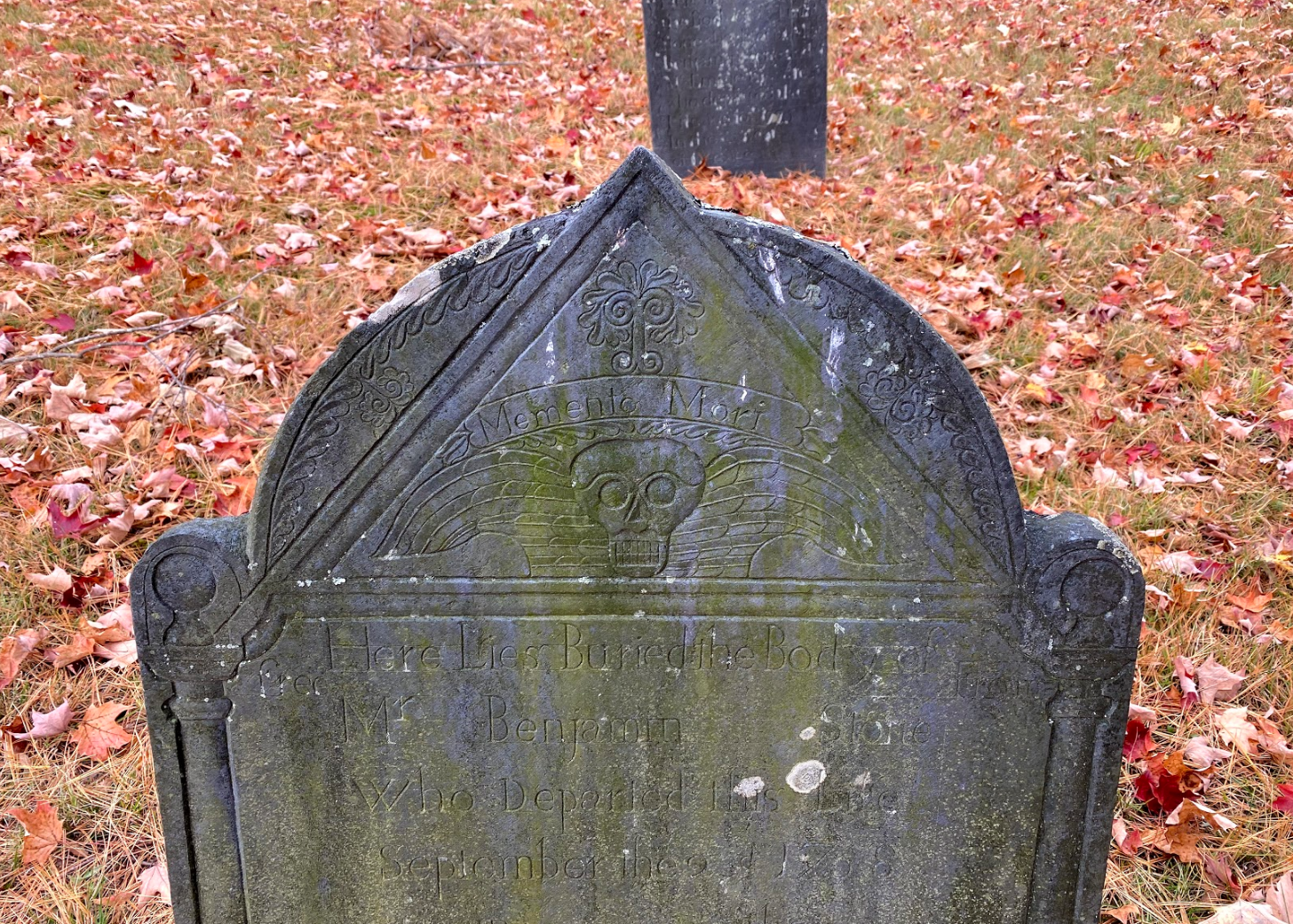
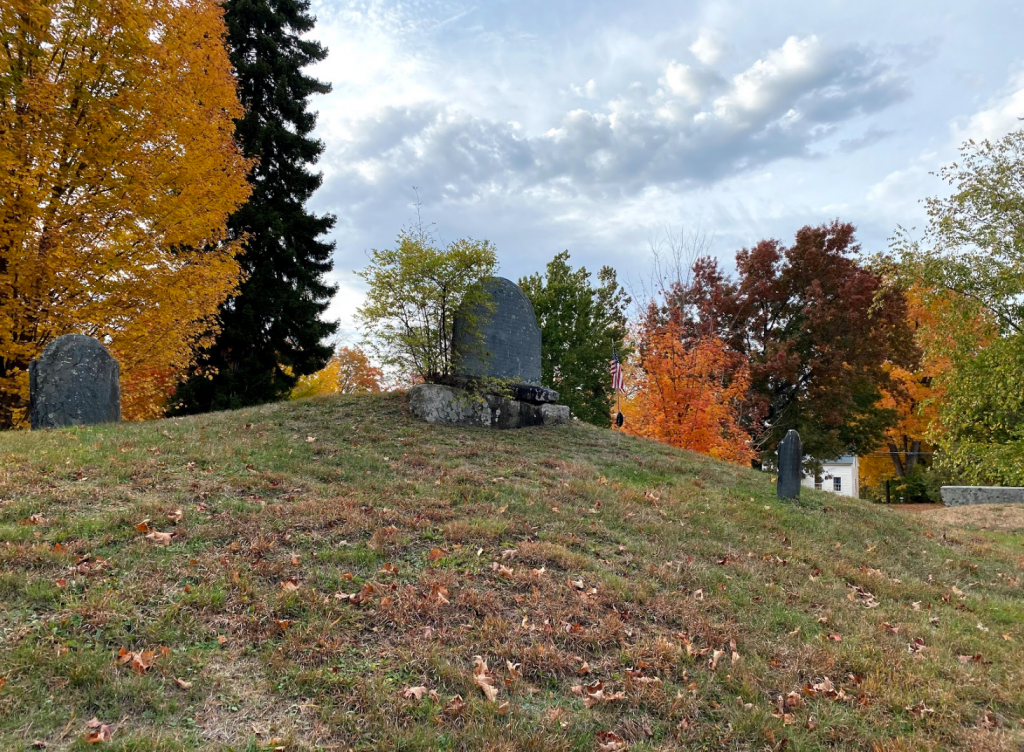
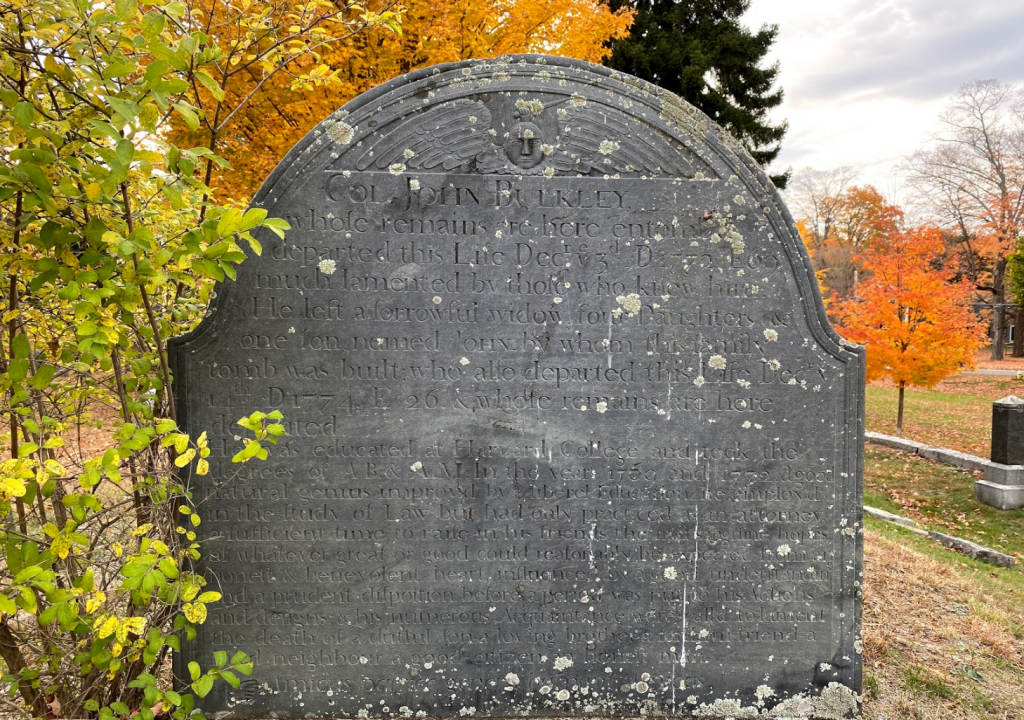
Leave a Reply